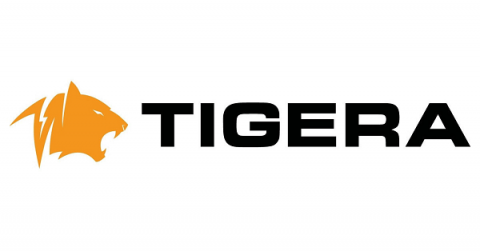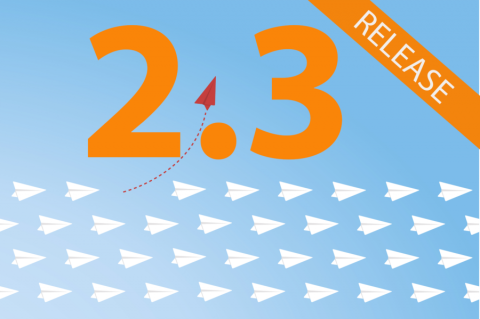Kubernetes Design and Development Explained
Kubernetes is quickly becoming the de facto way to deploy workloads on distributed systems. In this post, I will help you develop a deeper understanding of Kubernetes by revealing some of the principles underpinning its design.





